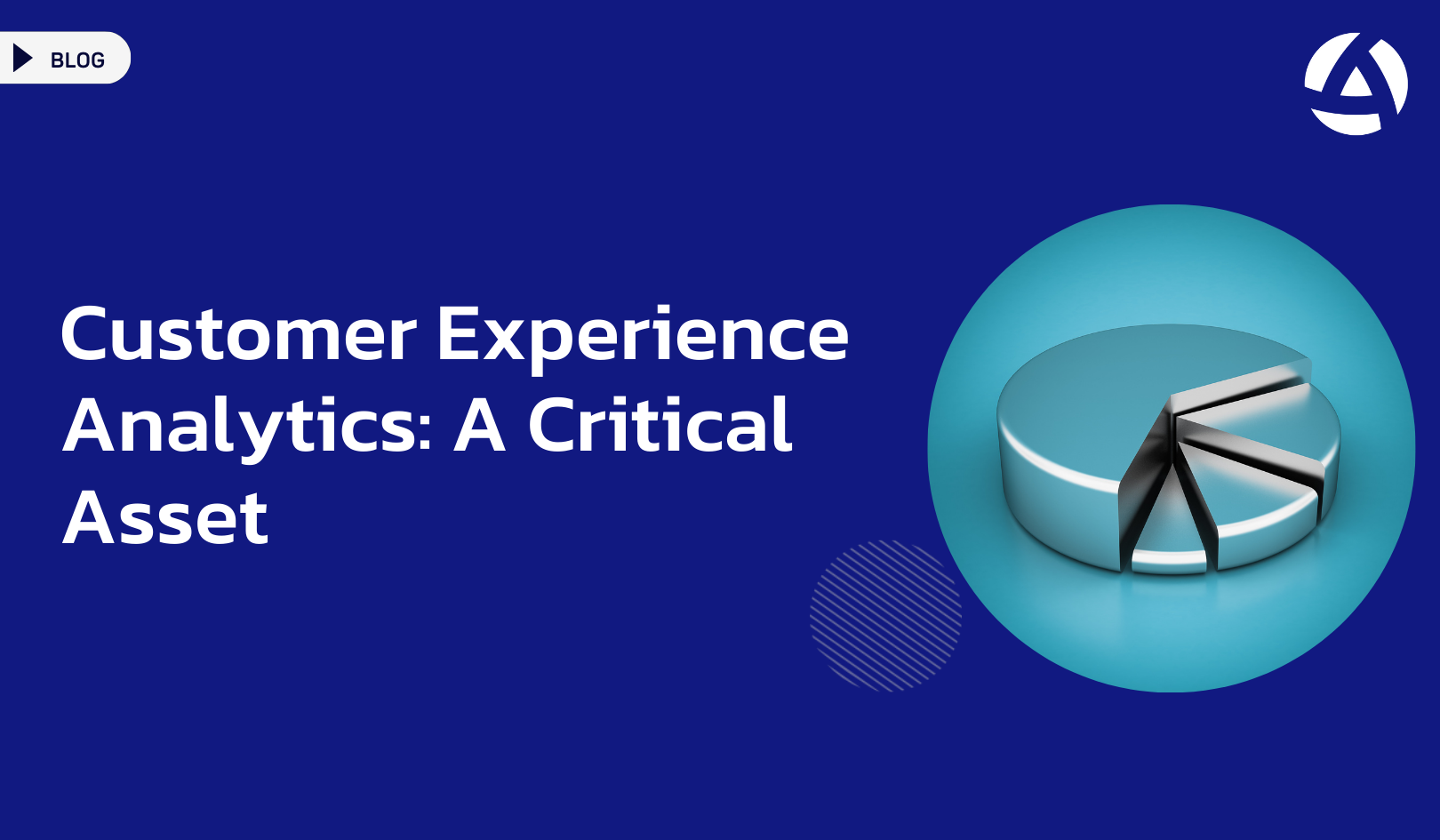Measuring customer experience goes beyond mere numbers; it’s about understanding the intricacies of customer perception and behavior through the lens of customer experience analytics.
According to a study published by Vision Critical, the annual cost of unhappy customers can be as high as $537 billion in the U.S.A. Leading companies such as Apple, Uber, and USAA understood the impact of the Voice of Customer and integrated customer feedback into their corporate DNA. These companies can quantify their customer experience measures better, understand the customer journey as well as bottlenecks in it, and continuously improve experience every day. Yet many companies are just beginning to hear and understand the Voice of the Customer by measuring customer experience with surveys. The truth is customer experience is definitely beyond surveys and dashboards. To make customer experience analyis more actionable, here are five areas to focus on:
1- Create a unified view of customer experience
A key step for analyzing customer experience is to set up a reliable base of analysis from different customer feedback data sources. Today’s consumers and customers leave reviews, answer surveys and share posts about their experience. Most often these insights stay in siloes across different teams. A healthy customer experience analysis needs to consolidate all these sources of customer feedback into a central repository for different teams. From NPS and CSAT survey responses to App Store and Trustpilot reviews all in a single place, teams can focus on analyzing products, journeys and improving customer experience and retention.
2- Set your metrics to compare experience across different sources
Utilizing various customer experience analytics metrics allows companies to gain insights into customer perceptions and feelings. When choosing which customer experience metric to use, one of the most asked questions is: Which one is the right one? Many different online resources are measuring customer experience with metrics by explaining their different approach and limitations. Each customer experience metric could be used either separately or in combination with others. The key is how you use the customer experience metric and establish a system of continuous learning without letting it be solely about numbers.
Customer experience metrics can be explained in three different categories:
- Customer perception of the quality of experience: These customer experience metrics are concerned with how the customer perceives and feels about the experience. For example, waiting one day for the resolution of a complaint may be too long for one customer, while it may be quite reasonable for another. Customer experience metrics such as customer satisfaction score (CSAT), followed by Net Promoter Score (NPS) questions, are within these categories. These metrics require a survey. There are also newly introduced metrics such as oCX, which does not require a survey and automatically calculate the perception of a customer from any text based data such as a review, post, or a ticket comment.
- Operational Metrics: The second customer experience measurement does not include direct input from customers; rather, these metrics are more concerned with process efficiencies. This prioritizes the actual interaction rather than what the customer thinks or feels. Metrics such as waiting time, complaint resolution time, solution on the first call, and number of visits are some examples within this category.
- Impact on business results: Metrics such as retention rate, ROI, churn rate, and lifetime value (LTV) are included here. Their goal is to track the change in customer behavior that directly affects business goals, such as ROI or sales growth. According to Forrester’s research, customer experience-driven businesses grew revenue 1.4x faster and increased customer LTV 1.6x more than those which did not during the past year.
No matter the category, there is no mistake in choosing these customer experience metrics. Different metrics are applicable according to the level of maturity in terms of business goals and customer experience management.
3- Enable actionability
- Effective customer experience analytics should go beyond passive measurement to actionable insights. When analyzing customer experience, it is vital to take improvement actions. For example, if a company is unable to understand why its NPS score increased from 38 to 43 or decreased to 30 from 38, the customer experience metric is not very actionable, only useful for reporting purposes. For this reason, many companies have recently started to analyze the text based feedback provided by customers along with the numerical scores. A special branch of Text Analytics also known as Driver Analysis helps in understanding the impact of different topics on the CX KPI like NPS or CSAT. With this capability, analysts can track trends across different topics and identify priority areas to act on.
4- Share responsibility
- One of the most critical aspects of measuring customer experience is sharing responsibility across the organization. Embracing a culture of shared responsibility across the organization is paramount in maximizing the impact of customer experience analytics. Even today, often, either the customer experience team or customer service is the only unit responsible for customer experience programs. However, in most cases, customer service and/or call centers are only receiving complaints from customers about other departments (such as bad service, product malfunction, limited or misinformation about campaign details etc.). Companies can minimize such complaints by understanding the root cause of the complaint and sharing responsibility across the organization. Metrics such as complaint resolution rate and first call resolution rate are insufficient in terms of proactive customer satisfaction. Customer experiences should be managed and measured along customer journey touchpoints across relevant departments.
5- Build a continuous improvement loop
- The essence of customer experience analytics lies in its ability to facilitate continuous improvement. The ability to not only measure customer experience but also take necessary improvement actions dynamically is known as the “continuous improvement loop.” The improvement loop is essentially a mechanism to let customers know that you have heard their feedback. It also brings the customer’s voice directly inside the organization. It starts with follow-up calls and E-mails in order to understand the root cause of the issue and take action accordingly. This process involves experience sharing among managers and executives. It is crucial to continuously integrate customer feedback and operational data to feed into the improvement loop.
Below are real-life examples and learnings from companies that have successfully established the voice of customer programs. If you would like to learn more about digital customer experience metrics and measuring CX metric selection, continue to article here.
Frequently Asked Questions
How do we measure customer experience?
Companies can measure customer experiences with metrics. These metrics may provide information regarding customer perception of the quality of experience, purchase process efficiencies, and customer experience impact on business results.
What are customer experience metrics?
Customer experience metrics can be explained in three different categories:
- Customer perception of the quality of experience metrics such as customer satisfaction score (CSAT) followed by Net Promoter Score (NPS)
- Operational metrics such as waiting time, complaint resolution time, solution on the first call, and the number of visits
- Impact on business results metrics such as retention rate, ROI, churn rate, and lifetime value (LTV)
What metrics measure customer satisfaction?
Metrics such as customer satisfaction score (CSAT), followed by Net Promoter Score (NPS), are within these categories. These metrics are concerned with how the customer perceives and feels about the experience. For example, waiting one day for the resolution of a complaint may be too long for one customer, while it may be quite reasonable for another.




